Are you ready to elevate your outdoor space? Understanding the right fence types for DIY projects is crucial for transforming your yard into a personal oasis. Whether you're seeking privacy, security, or simply a stylish boundary, the right fence can make all the difference. In "Discover the Best Fence Types for Your DIY Project Success!", we’ll guide you through the myriad of options available, helping you choose the perfect fit for your needs. Say goodbye to confusion and hello to confidence as you embark on your DIY journey!
Opening Hook: Elevate Your Outdoor Space
Fences are more than just barriers; they are essential elements that define your outdoor space. Choosing the right fence types for DIY projects can enhance your home's curb appeal, provide privacy, and even increase property value. With so many options available, it’s important to understand the unique features and benefits of each type of fence.
Understanding Fence Types for DIY Projects
When embarking on a DIY fencing project, it's essential to familiarize yourself with the various fence types for DIY projects. Each type has its own set of advantages and disadvantages, which can impact your decision based on your specific needs, budget, and aesthetic preferences. From traditional wooden fences to modern vinyl options, understanding these differences will help you make an informed choice.
What You'll Learn
In this article, you will discover:
- Key insights on different fence types for DIY projects.
- The top 10 fence types suitable for DIY installation.
- Factors to consider when choosing a fence type.
- DIY installation tips to ensure a successful project.
- Common mistakes to avoid during installation.
Top 10 Fence Types for DIY Projects
1. Wooden Fences
Wooden fences are a classic choice for many homeowners. They offer a natural look and can be customized in various styles, such as picket, privacy, or split rail. Wooden fences are relatively easy to install and can be painted or stained to match your home’s aesthetic. However, they require regular maintenance to prevent rot and weather damage. For more insights on wooden fences, check out What are the Benefits of a Wood Fence: 5 Reasons You Should Get One.
2. Vinyl Fences
Vinyl fences are a popular alternative to wood due to their durability and low maintenance requirements. They come in various styles and colors, allowing for customization without the need for painting. Vinyl fences are resistant to fading, cracking, and pests, making them a long-lasting option for homeowners.
3. Chain Link Fences
Chain link fences are an economical choice for those looking for security without sacrificing visibility. They are easy to install and require minimal maintenance. However, they may not provide the privacy that some homeowners desire, as they are see-through.
4. Composite Fences
Composite fences are made from a blend of wood and plastic materials, offering the best of both worlds. They are resistant to rot and insects, making them a durable option. Composite fences come in various styles and colors, providing a modern look while requiring less maintenance than traditional wood.
5. Wrought Iron Fences
Wrought iron fences are known for their strength and elegance. They provide excellent security and can be customized with intricate designs. However, they can be more expensive than other options and may require periodic painting to prevent rust.
6. Bamboo Fences
Bamboo fences are an eco-friendly option that adds a unique aesthetic to your outdoor space. They are lightweight and easy to install, making them a great choice for DIY projects. However, bamboo may not be as durable as other materials and can require more frequent replacement.
7. Electric Fences
Electric fences are primarily used for security and containment of pets. They can be an effective deterrent for intruders and are often used in rural areas. However, they require careful installation and maintenance to ensure safety.
8. Picket Fences
Picket fences are a charming addition to any yard, providing a classic look that enhances curb appeal. They are typically made of wood or vinyl and can be painted in various colors. Picket fences are ideal for defining boundaries while allowing visibility into your yard.
9. Privacy Fences
Privacy fences are designed to block the view from outside, providing a secluded space for relaxation. They can be made from wood, vinyl, or composite materials and are often taller than other fence types. Privacy fences are perfect for creating a personal oasis in your backyard.
10. Farm Fences
Farm fences are typically used to enclose livestock and can be made from various materials, including wood, wire, and vinyl. They are designed for durability and functionality, making them a practical choice for rural properties.
Factors to Consider When Choosing Fence Types for DIY Projects
Budget Considerations
Your budget will play a significant role in determining which fence types for DIY projects you can choose. Wooden fences may be less expensive upfront, but they require ongoing maintenance costs. Vinyl and composite options may have a higher initial cost but can save you money in the long run due to their durability.
Aesthetic Appeal
The style of your fence should complement your home and landscape. Consider the architectural style of your home and the overall look you want to achieve. Different fence types for DIY projects offer various aesthetics, from rustic wooden fences to sleek modern vinyl options.
Maintenance Requirements
Some fence types require more maintenance than others. Wooden fences need regular staining or painting, while vinyl and composite fences are generally low-maintenance. Consider how much time and effort you are willing to invest in maintaining your fence.
Local Regulations
Before installing a fence, check with your local regulations and homeowners' association guidelines. Some areas have restrictions on fence height, materials, and styles. Ensuring compliance will save you time and potential fines. For more information on hiring a contractor, visit Fence Installation: What You Need to Know Before Hiring an Fencing Contractor.
DIY Fence Installation Tips
Tools You Will Need
To successfully install your fence, gather the necessary tools, including a post hole digger, level, measuring tape, and power drill. Having the right tools will make the installation process smoother and more efficient.
Step-by-Step Installation Guide
Follow a step-by-step guide to ensure proper installation. Start by marking the fence line, digging post holes, and setting the posts in concrete. Once the posts are secure, attach the fence panels according to the manufacturer's instructions.
Common Mistakes to Avoid
Avoid common pitfalls such as not checking local regulations, failing to measure accurately, and neglecting to use quality materials. Taking the time to plan and prepare will lead to a successful DIY fence project.
People Also Ask
What is the best fence for DIY?
The best fence for DIY projects depends on your specific needs, budget, and aesthetic preferences. Wooden and vinyl fences are popular choices due to their versatility and ease of installation.
What is the cheapest style fence to build?
Chain link fences are often the cheapest style to build, as they require less material and are relatively easy to install.
What are the different types of fences?
There are various types of fences, including wooden, vinyl, chain link, composite, wrought iron, bamboo, electric, picket, privacy, and farm fences.
What type of fence is best for home value?
Privacy fences and well-maintained wooden fences can enhance home value by providing security and aesthetic appeal.
Tables: Comparison of Fence Types
| Fence Type | Cost | Maintenance | Lifespan |
|---|---|---|---|
| Wooden Fences | $$ | High | 10-15 years |
| Vinyl Fences | $$$ | Low | 20-30 years |
| Chain Link Fences | $ | Low | 15-20 years |
| Composite Fences | $$$ | Low | 25-30 years |
| Wrought Iron Fences | $$$$ | Medium | 30+ years |
Quotes from DIY Experts
“A fence is not just a boundary; it’s an extension of your home.” - DIY Expert
Lists: Pros and Cons of Each Fence Type
- Wooden Fences: Pros: Aesthetic appeal, customizable. Cons: High maintenance, susceptible to rot.
- Vinyl Fences: Pros: Low maintenance, durable. Cons: Higher initial cost.
- Chain Link Fences: Pros: Economical, easy to install. Cons: Limited privacy.
- Composite Fences: Pros: Durable, low maintenance. Cons: Higher cost than wood.
- Wrought Iron Fences: Pros: Strong, elegant. Cons: Expensive, requires maintenance.
Key Takeaways
Summary of Key Points
Choosing the right fence types for DIY projects is essential for enhancing your outdoor space. Consider your budget, aesthetic preferences, and maintenance requirements when making your decision. With the right planning and execution, your DIY fence project can be a rewarding experience that adds value and beauty to your home.
Conclusion
In conclusion, understanding the various fence types for DIY projects is crucial for making an informed decision. Whether you opt for a classic wooden fence or a modern vinyl option, each type has its unique benefits. Take the time to assess your needs and preferences, and you’ll be well on your way to creating a beautiful and functional outdoor space.
Call to Action: Start Your DIY Fence Project Today!
Ready to transform your outdoor space? Start your DIY fence project today! Explore the options, gather your materials, and get to work on creating the perfect boundary for your home.
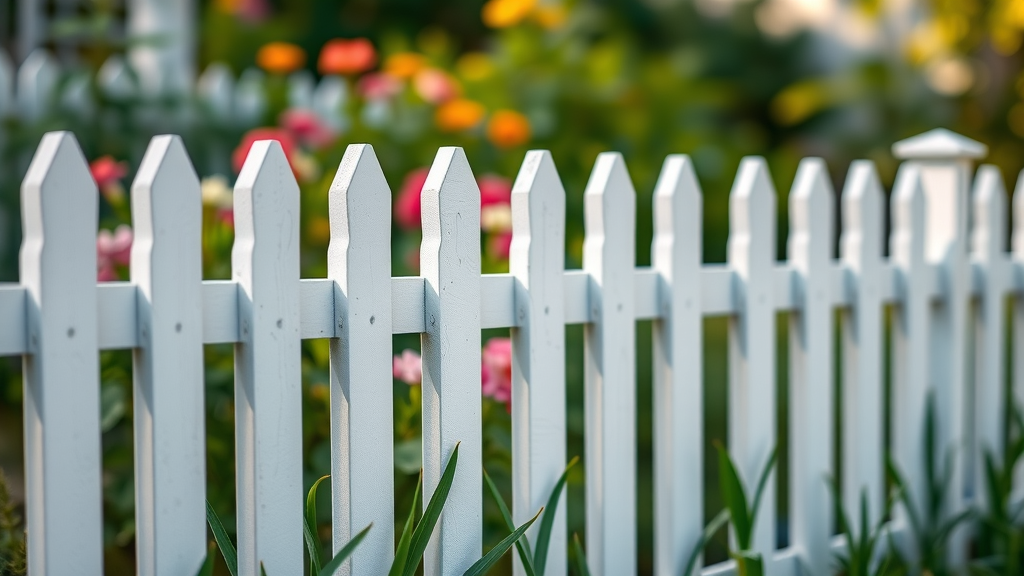
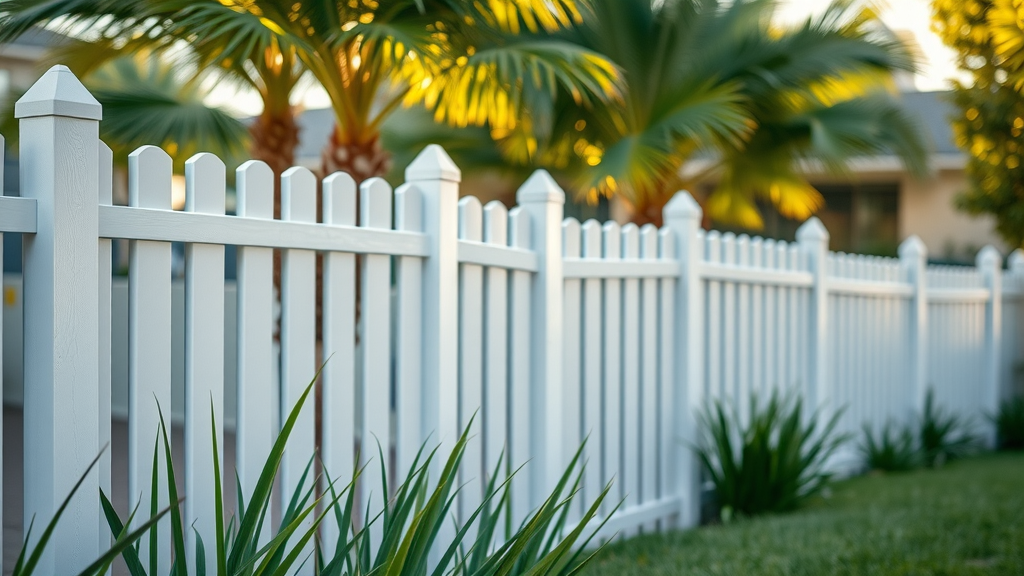

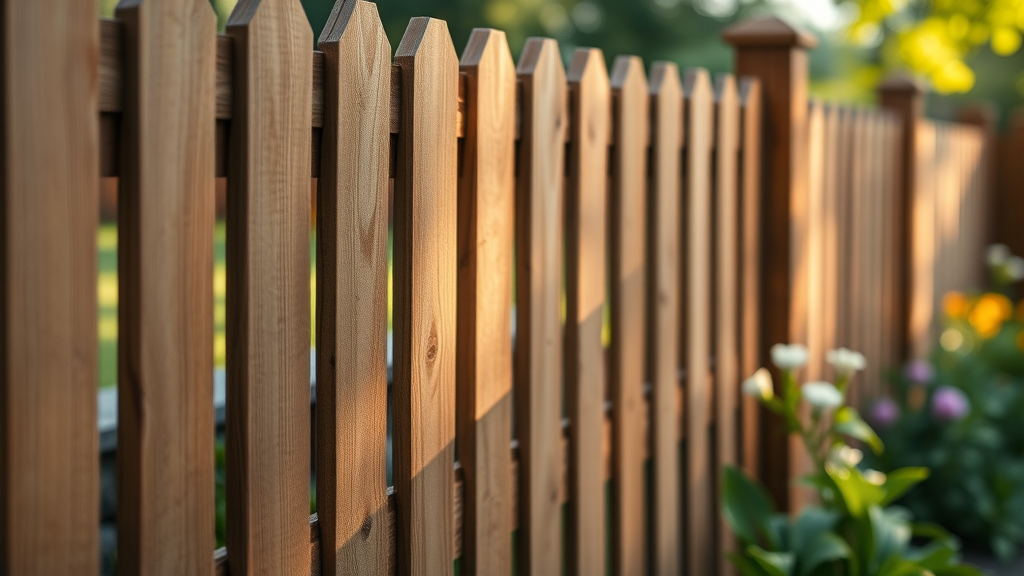

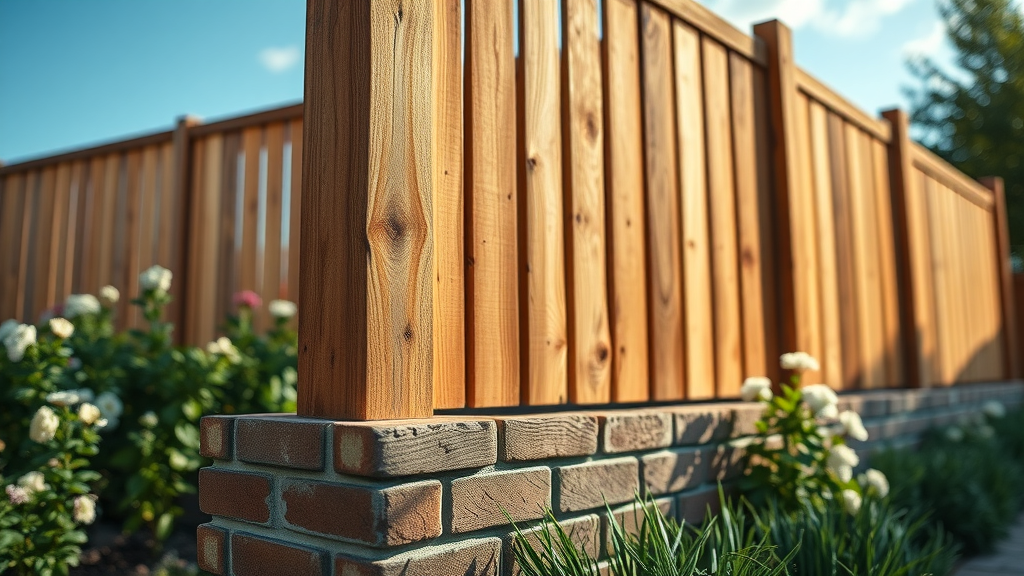
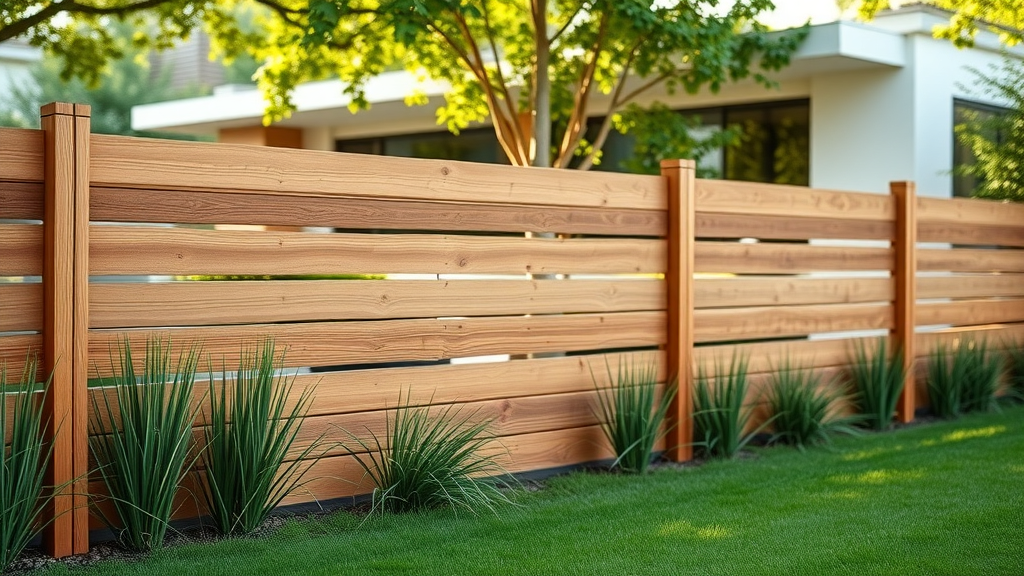


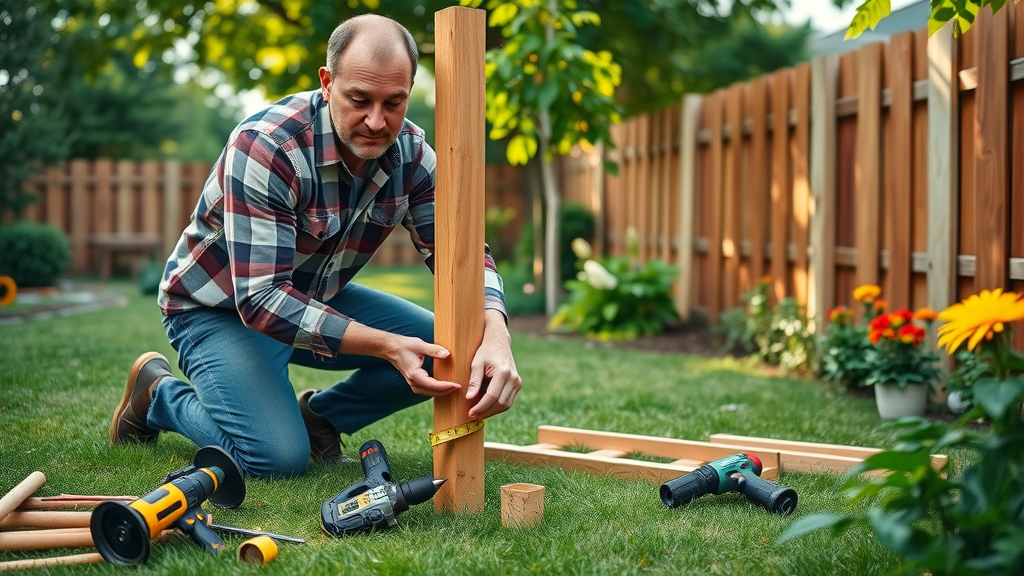
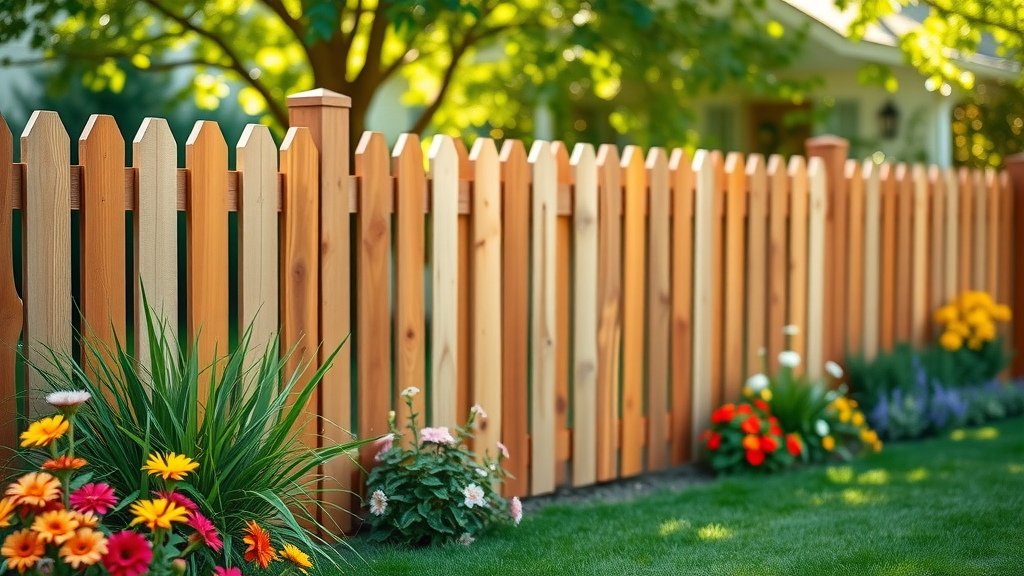

Write A Comment